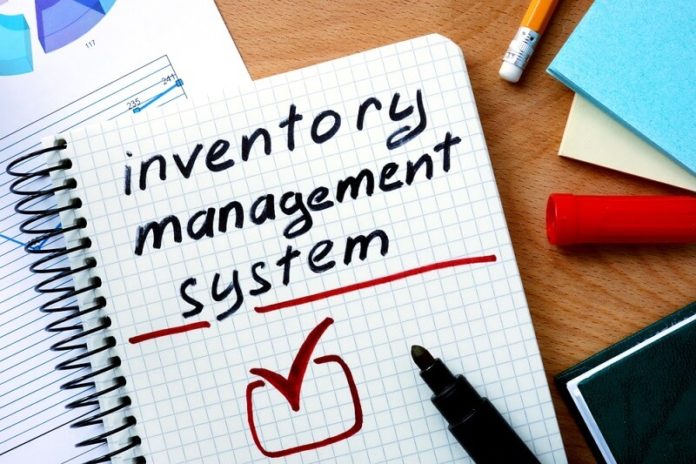We are officially one year into the pandemic, and what a year it has been. Small businesses faced incredible challenges this year, but for many, this difficult season created opportunities to thrive. New businesses emerged, and existing businesses pivoted to meet new needs. For both established business owners and those just beginning their entrepreneurial journey, the key to a successful business is a strategic business plan.
As we all know, 2020 created lasting changes in both the business and consumer landscape. This year, small business owners must develop business plans that address these changes and reflect the new consumer priorities that emerged in 2020 and are here to stay.
What should a business plan include?
As a small business advisor and co-owner of a brick-and-mortar store, my recommendations for what a strategic business plan should include are:
- Inventory management system
- Robust online presence
- For brick-and-mortar shops, a dedicated approach to creating a trusted, safe shopping experience
The tactics below can help small business owners and leaders achieve these larger strategic goals.
Inventory management system
To ensure small business owners are continually meeting customers’ needs, adopt inventory management software to effectively track and manage inventory. Small business owners should carve out time on an ongoing basis to review their inventory to ensure it is organized, up-to-date, and that any online listings reflect accurate product details, stock and supplier information.
Merchants who drop ship through vendors should have a communications plan and channel in place for corresponding with their suppliers, so they are able to remain in constant communication with vendors about product availability, to avoid products being out of stock and frustrated customers.
Robust online presence
Building a professional website and leveraging social media channels are key to developing a robust online presence. Working with a partner company can help entrepreneurs develop and manage their website, or even maintain their e-commerce platform.
A website and social presence are just the beginning of building an online presence. Small business owners with brick-and-mortar stores should consider using online services to go local. This could include leveraging business listing services to manage public information and facts about their business, to ensure it’s easy to find for customers and includes the correct, most up-to-date information.
Creating a trusted, safe shopping experience
Merchants should introduce interfaces that do not rely on physical contact, but are powered by voice, gesture, and proximity. Customer preferences for options like self-checkout and scan-and-go options should be considered and implemented where possible.
Additionally, small business owners should engage the store operations teams or external retail consultants to rethink store layouts, hire new merchandisers to reimagine displays that minimize handling, or bring on technical partners to revisit existing tech solutions to optimize e-commerce and online customer service needs.
Building a business that will last
If you’re a small business owner, set achievable goals, but don’t get discouraged if you’re not meeting them right away. While you should have a strong operational plan at launch—including inventory management, a robust online presence, and a safe and inclusive in-store shopping experience—don’t give up if your business is not succeeding at first. Being resilient is key. You can work with a business advisor to make any updates to your plan that will help set you up for success. Most importantly, don’t give up.
Maria Melo is a senior business advisor at Yahoo Small Business. Maria Melo has been working with new and established e-commerce merchants for over 20 years to help them grow their businesses. Maria has also spent over 14 years working with her family in their brick and mortar retail store and is part owner of her own retail wine shop with her brother and sister.







